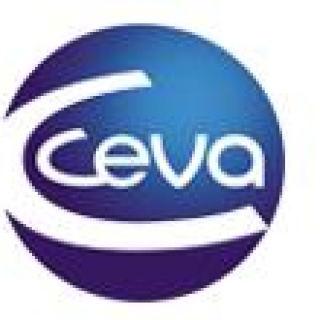Definitions of veterinary medical and non veterinary medical use were adopted, as well as a definition of growth promotion use. Guidance for surveillance national systems was also on the agenda of OIE Delegates, as well as the revision of the OIE list of antimicrobial agents of veterinary importance with new recommendations regarding phasing out use for growth promotion.
By adopting a new set of definitions to provide a clear framework for data collection on antimicrobials usage, the OIE Member Countries made this week a further significant step towards strengthening the veterinary supervision of the antimicrobials use in terrestrial animals.

These definitions differentiate veterinary medical use and non veterinary medical use, the latter including growth promotion. According to the new version of OIE international Standards adopted, chapter Article 6.8.1.-bis of the Terrestrial Code (soon available on www.oie.int/amrstandards), veterinary medical use means the administration of an antimicrobial agent to an individual or a group of animals to treat, control or prevent infectious disease.
Each of the terms 'treat', 'control' and 'prevent' were also clearly defined:
- to 'treat' means to administer an antimicrobial agent to an individual or a group of animals showing clinical signs of an infectious disease;
- to 'control' means to administer an antimicrobial agent to a group of animals containing sick animals and healthy animals (presumed to be infected), to minimise or resolve clinical signs and to prevent further spread of the disease;
- to 'prevent' means to administer an antimicrobial agent to an individual or a group of animals at risk of acquiring a specific infection or in a specific situation where infectious disease is likely to occur if the drug is not administered.
On the other side, non veterinary medical use means the administration of antimicrobial agents to animals for any purpose other than to treat, control or prevent infectious disease; it includes growth promotion, defined as the administration of antimicrobial agents to animals only to increase the rate of weight gain or the efficiency of feed utilisation.
Associated with the already existing OIE international Standards on responsible and prudent use of antimicrobials agents in animals (see www.oie.int/amrstandards), these new texts adopted will be a powerful asset for national Veterinary Services to advocate for adaptation of national legislation, and the reinforcement of veterinary supervision of the use of antimicrobials in animals. Well trained and well supervised by the statutory veterinary bodies, veterinarians are an essential part of the solution to fight antimicrobials resistance.
Another topic considered as a priority by the Tripartite is phasing out the use of the most precious antimicrobials for human health as growth promoters in livestock agricultural systems. In 2017, 60 OIE Member Countries were still reporting use of antimicrobials for growth promotion, either with direct authorisation of some compounds, or because the country had no regulatory framework on this issue.
Through the adoption of a revised OIE list of antimicrobial agents of veterinary importance (soon available on www.oie.int/amrstandards), the OIE guidelines now state that the responsible and prudent use of antimicrobial agents does not include the use of antimicrobial agents for growth promotion in the absence of risk analysis. The classes of antimicrobials agents included in the WHO category of Highest Priority Critically Important Antimicrobials for human medicine are also highlighted as being the highest priorities for countries in phasing out use of antimicrobial agents as growth promotors. Finally, the OIE List states that the use as growth promotors of Fluoroquinolones, Colistin and third and fourth generations of Cephalosporins should be urgently prohibited.
Finally, revisions of the OIE international Standards on the harmonisation of national antimicrobial resistance surveillance and monitoring programmes (Chapter 6.7 of the Terrestrial Code, soon available on www.oie.int/amrstandards) were confirmed as adopted today. Recognising that surveillance for antimicrobial resistance is a significant technical challenge for Member Countries, these revisions provide them detailed scientific guidance for their surveillance national systems.
Despite the progress made in the fight against AMR in all sectors, notably since the adoption in 2015 of the Global Action Plan on AMR and its uptake through over 100 national actions plans around the world, significant challenges remain. The revision of OIE international Standards that took place this week at the 86th OIE General Session are a positive sign of the importance that the animal health international community ascribes to this issue, and the leadership of the OIE and its Members in this issue for the veterinary sector. Discussions will continue to plan the next steps of the fight and support countries in their implementation of OIE international Standards, notably at the 2nd OIE Global Conference on antimicrobial resistance, to be held in Marrakech, Maroc, from the 29th to the 30th of October 2018, as well as through permanent partnership with FAO and WHO within the Tripartite Collaboration.
Friday May 25, 2018/ OIE.
http://www.oie.int




